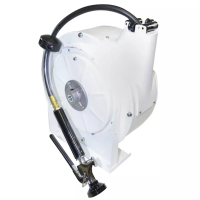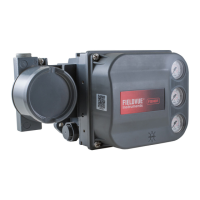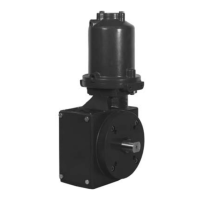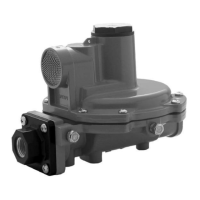2.4
oundmg
The 24 Vdc terminal can supply a maximum
external load of 100 mA when powered from 110,
120,220 or 240 Vat power sources. This supply is
intended to power transmitters or relays connected
to the discrete outputs. The 100 mA limit applies
only to ac powered units. No internal load,
including the two analog outputs, need be included
in the 100 mA total.
Controllers powered from 24 Vdc sources have a
current limit of 250 mA on each output.
To operate the controller from a 24 Vdc supply, connect the power
supply leads to 24 V terminals 35 and 36 (observe the proper
polarity).
Signal Wiring
Connect all input and output wiring to the terminal blocks at the rear
of the mounting cassette. Use direct runs of individually shielded,
twisted-pair wire in an insulating jacket. The maximum wire size for
terminal connectors is 14 AWG (1 .5mm2). The insulating jacket
should only be stripped to allow the length of wire required to con-
nect the twisted-pair to the terminals.
For long runs, it may be practical to route field wiring to a junction
box, then through multi-pair shielded cable. Lace wires as required
by local electrical codes or plant standards. Connect the shield and
drain wires to the grounding bus bar as shown. Standard practice is
for shields to be grounded at the signal source only. If the shield is
grounded at the DPR (vs the external instrument), also tie it to the
LGB. Shield wires should not be stripped further than one inch from
the end of the signal wires.
Route a 14 AWG (1.5 mm*) conductor from the mounting cassette
ground to the panel ground point. Then use an AWG 8 (8.37 mm2)
multistrand conductor or 0.50 inch (12.7 mm2) braided ground
conductor (preferred) to connect the panel ground point to the LGB.
The panel ground point and the ground of the ac power source for the
unit should be connected to the same grounding bus bar. This
minimizes the possibility of significant voltage between ground points.
Use crimped or thermal-welded connections at all ground points.
UM6.1:DPR900:9102 May 1991
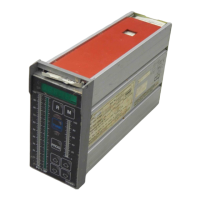
